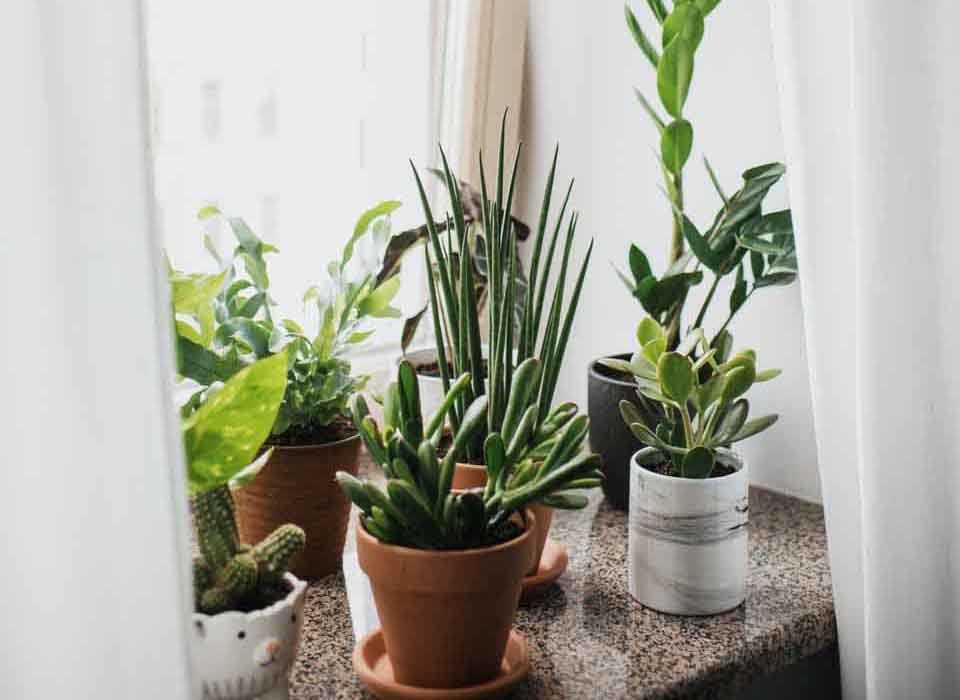Looking after your plants is challenging especially when the winter season hits. There are some plants which require that extra loving and tender care when the cold months come around. For those caring for succulents, the good news is that they require minimal additional care during the winter. Succulents are prized for their minimal maintenance and ability to survive with little water, and this doesn’t change during the winter months. There are a few things to keep in mind though, so read on to learn how to keep succulents alive during the winter.
Temperature Concerns For Succulents
Freezing temperatures is a big concern for the vast majority of succulents and should be avoided. You’ll want to ensure you bring your succulents indoors before your first frost date, as well as keep them away from any drafty locations. If not, the water in the plant can freeze, and this will severely damage or even kill your plant.
Some succulents however are frost resistant. These varieties can survive in cooler conditions and, depending on your location, can be left outside all winter long. Make sure to confirm your variety before planning to leave it outside during the cooler months. Also, ensure that your temperatures will not get too cold. While they are resistant to some colder temperatures, ones that are significantly below freezing can still damage the plant.
Keeping Your Succulents Healthy Inside
The majority of the time, you’ll want to grow your succulents indoors during the winter. If you’re growing outside this means you’ll want to prepare an area indoors for them to grow. Make sure to properly check them for pests to ensure you’re not bringing any into your home.
Also, in any case, make sure that the container and soil you use is well draining. Air flow is generally limited indoors, and this leads to more standing water. Soil that doesn’t drain well will pool more water, and this can lead to root rot which will damage your plant.
Inside, the most important thing is to ensure that your succulent is getting enough light. You’ll want to get about 6-8+ hours of sunlight per day, and this can be difficult during the short winter days. If you’re having trouble hitting that, use a small grow light to supplement.
Outside of that, you’ll want to keep up with your watering schedule. Succulents don’t need to be watered that often, most varieties need it every 1-2 weeks. Check the top inch of the soil and wait for it to be completely dry before watering. Succulents do much better underwatered than they do overwatered so it’s okay to be conservative in your watering schedule.
Dealing With Frostbite
As noted above, succulents hold their water and if left outside during cooler temperatures this water can freeze and damage the plant. Water expands when it freezes, and this can rupture the membrane of the plant. This will appear like a rotten, mushy area on your plant and is often dark or discolored.
If you notice this, the first step is to move the plant to a warmer location to prevent further damage. If the damage is on the ends of leaves you may still be able to save the plant. If the damage is close to the stem of the plant then it’s likely the plant is damaged beyond repair.
If the plant looks salvageable, start by letting the plant completely dry out. Wait 1-2 weeks and you should start to see the affected area scab over. This is a sign that the plant is healing. During this time don’t water the plant as this can cause further damage.
Once the scab has formed it’s time to remove the damaged area. Use a sharp, clean knife to prevent further damage to the plant. Let this new wound heal for a few days and then water the plant. From here you can continue care as normal.
It will take some time for your plant to get back to normal, but if caught early it’s possible to save a frostbitten plant.
How To Keep Succulents Alive in Winter
In the end, taking proper care of your succulents during winter doesn’t require that much effort outside of your normal care routine. Just make sure to not expose them to freezing temperatures and give them plenty of sunlight and they’ll happily grow through the cooler months.







